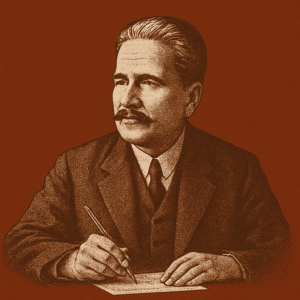Compare Television With Radio?
Television and radio are two forms of broadcast media that serve as primary sources of information and entertainment for audiences around the world. Here’s a comparison between the two:
1. Medium:
- Television:
- Television is a visual and audio medium that presents moving images along with sound. It provides a rich visual experience and allows for a wide range of content, including news, shows, movies, and more.
- Television sets are used to receive and display broadcasts.
- Radio:
- Radio is an audio-only medium that relies solely on sound transmission. It delivers content through radio waves and requires a receiver to be heard. Radio provides audio programming, including music, talk shows, news, and sports.
2. Content Format:
- Television:
- Television offers a wide variety of content formats, including scripted dramas, reality shows, documentaries, news programs, talk shows, and live events. It incorporates both visual and auditory elements.
- Radio:
- Radio primarily delivers audio content, including music, news broadcasts, talk shows, interviews, and live events. While some radio stations may have visual elements on their websites, the core content is auditory.
3. Accessibility:
- Television:
- Television broadcasts require a television set, which can be found in homes, public spaces, and businesses. It is a widely accessible medium globally.
- Radio:
- Radios are generally more accessible than televisions, as they require simpler and less expensive equipment. Radios are commonly found in homes, cars, and portable devices.
4. Immediacy:
- Television:
- Television broadcasts provide a simultaneous audio-visual experience. Viewers can see events unfold in real-time, making it suitable for live broadcasts, news coverage, and sports events.
- Radio:
- Radio broadcasts offer immediate audio content, but without a visual component. This makes radio a versatile medium for conveying information and entertainment through sound alone.
5. Interactivity:
- Television:
- While some interactive features may be available through smart TVs or online streaming platforms, traditional television broadcasts are typically a one-way communication medium.
- Radio:
- Radio allows for listener interaction through call-ins, live chats, and contests. Many radio shows actively engage with their audience in real-time.
6. Production Costs:
- Television:
- Television production often requires higher budgets due to the need for visual effects, sets, costumes, and high-quality cameras and equipment.
- Radio:
- Radio production costs are generally lower than television, as it primarily involves audio recording equipment and studio space.
7. Portability:
- Television:
- While portable televisions exist, they are less common compared to other portable devices like smartphones and tablets.
- Radio:
- Radios are highly portable and can be easily carried or installed in various settings, including cars, homes, offices, and portable devices.
8. Role in Local Communities:
- Television:
- Television often has a broader reach and may serve as a platform for national and international news and entertainment.
- Radio:
- Radio stations, especially local ones, play a crucial role in communities by providing localized content, including news, events, and community engagement.
Both television and radio are influential forms of media that serve diverse audiences and offer unique strengths and capabilities. They complement each other in providing a range of content tailored to different preferences and needs.v
📍 English Language Educator | Blogger & Content Strategist | 7+ Years in Educational Blogging
Nosheen Bashir is a dedicated English teacher and experienced blogger with over seven years of expertise in content creation and educational writing. Passionate about language, literature, and effective communication, she combines her teaching experience with blogging skills to create insightful, research-backed content that helps learners and educators alike.
🔹 Expertise & Achievements:
✔ English Language Education: A skilled educator with years of experience in teaching English grammar, literature, and communication skills to students of varying levels.
✔ Educational Blogging: Running a successful blog for 7+ years, delivering well-structured, engaging content on language learning, writing techniques, and academic success.
✔ SEO & Content Strategy: Specializes in creating high-ranking, authoritative articles that follow Google’s EEAT principles, ensuring content that is both informative and search-friendly.
✔ Student-Centric Approach: Committed to making English easier, engaging, and accessible, helping readers and students improve their language proficiency.
🚀 With a passion for teaching and writing, Nosheen Bashir is dedicated to crafting educational content that empowers students, teachers, and language enthusiasts worldwide.


![Artificial Intelligence [AI]](https://globaleak.com/wp-content/uploads/2024/03/Artificial-Intelligence-AI-300x300.webp)






